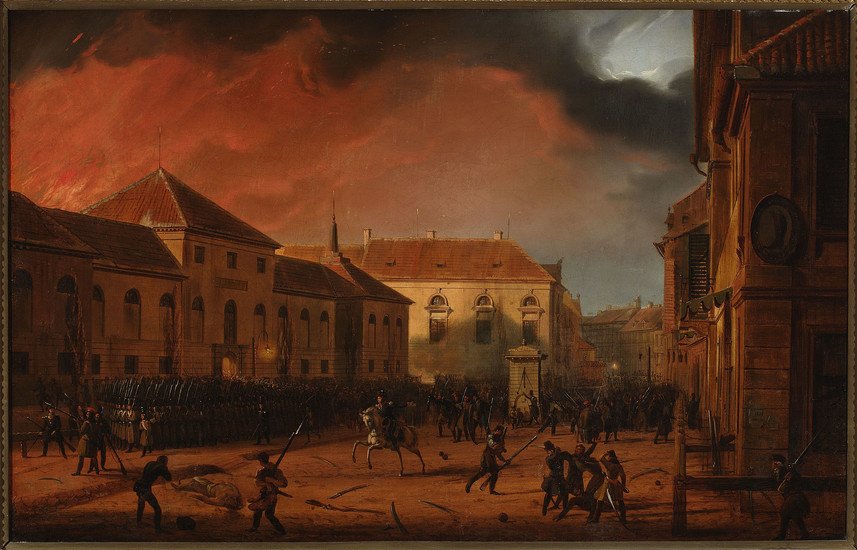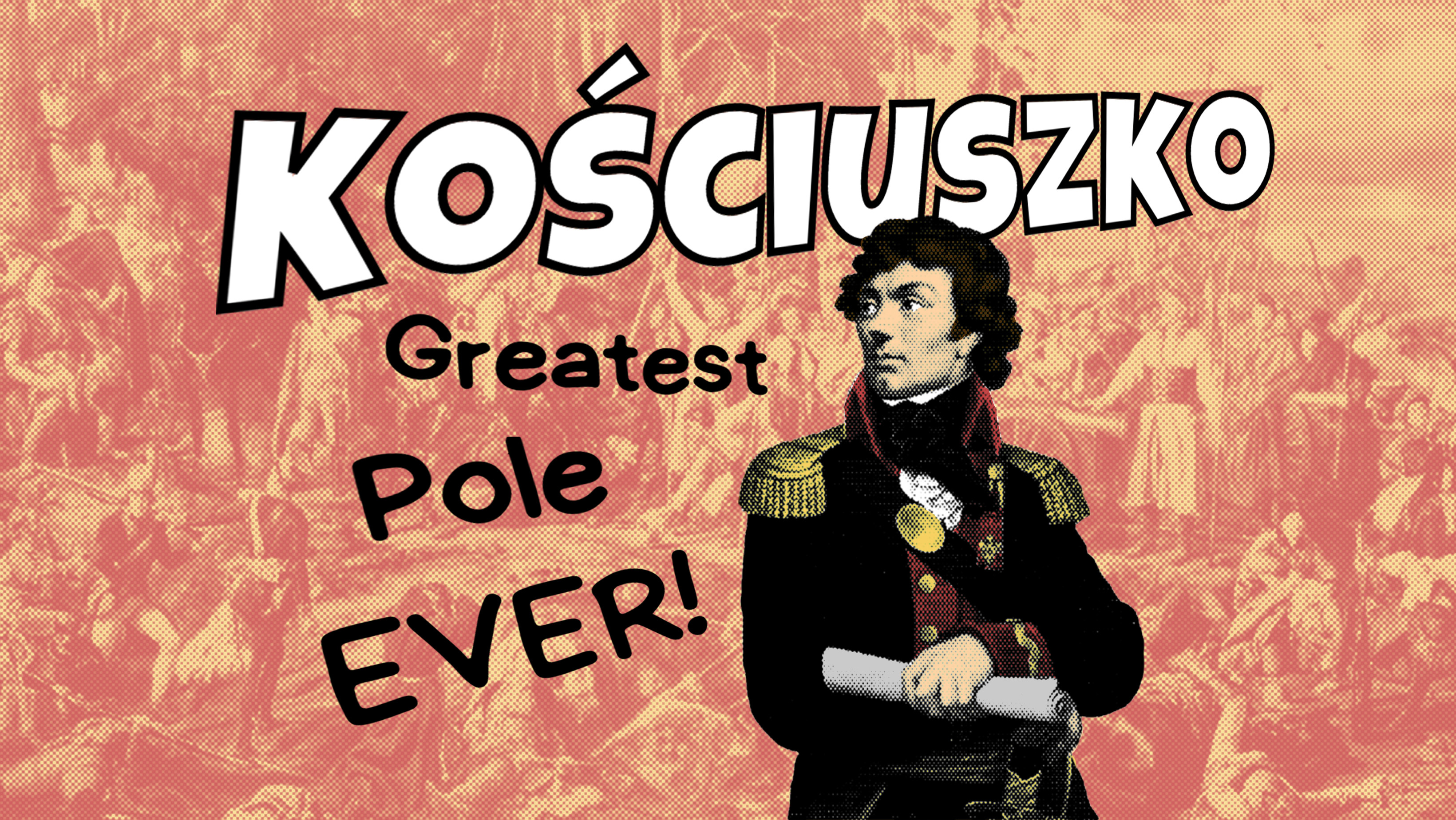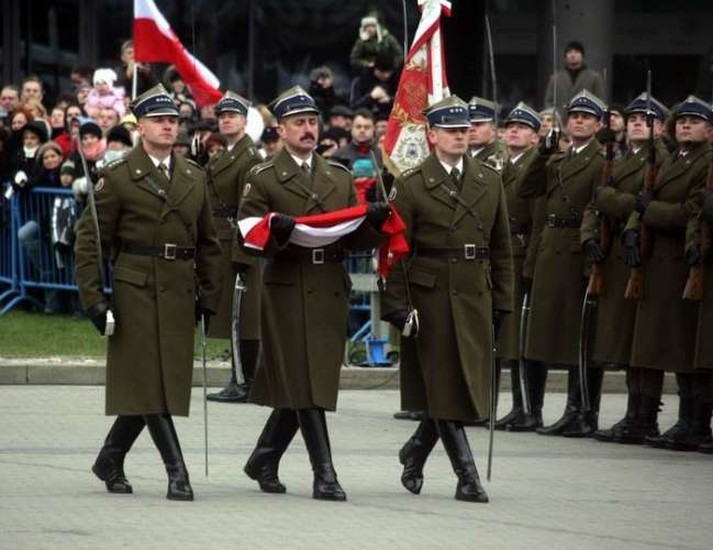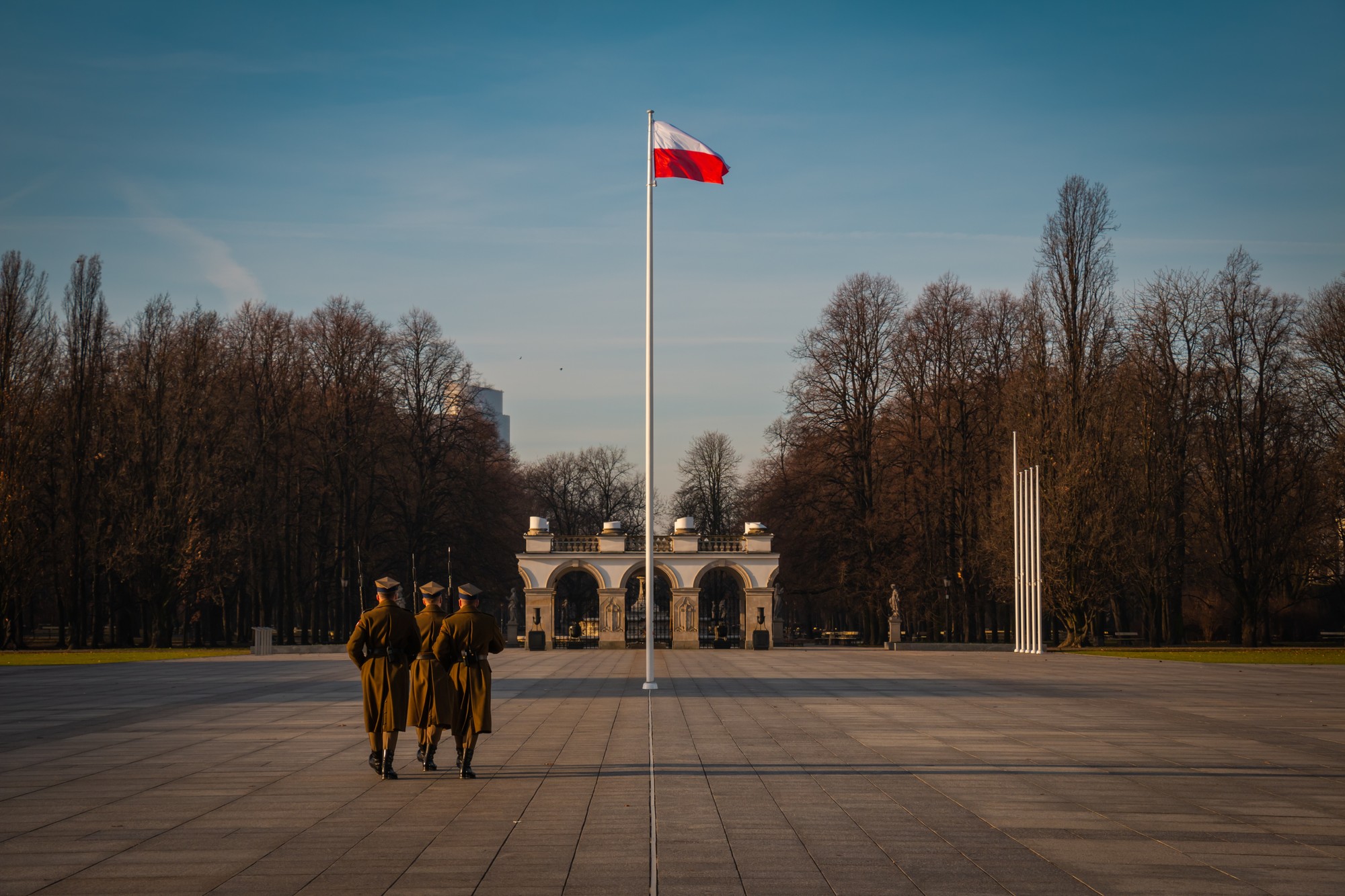It was way back in 1795, during the third partition of the Kingdom of Poland that the country effectively ceased to exist, split between three regional powers of the day: the Russian Empire, the Kingdom of Prussia and the Austrian Habsburg Monarchy. And so it was to remain until 1918.
But it was 23 years before that the first steps of the break-up of Poland began - a fraught process, ending the mini-empire of the Polish-Lithuanian Commonwealth (1569-1795), which prior to its dissolution consisted of an estimated 14 million people. It all officially started in 1772 with the 1st partition of Poland, but there were many factors leading up to this event. Poland had previously been weakened by external wars, invasions, civil war within the commonwealth, and as has been the case throughout its history, geography itself played a role against Poland as it lay in the middle of Europe, surrounded by expanding empires. Most notable was the Russian Empire, gaining strength following successful campaigns against the Ottomans in the Russo-Turkish War (1768-1774). The Habsburgs to the west were uneasy with the growing Russian threat and initially considered war, however, peaceful means were sought, with negotiations leading to the Polish-Lithuanian Commonwealth being carved up like a cake. Brutal for Poland, but from their points of view, effective.

Although military powers in western Europe were disinterested in the Commonwealth's pleas for help, there were notable individuals who sided with the Poles, one of the first being Swiss philosopher of the Enlightenment era, Jean Jacques Rousseau, who in the same year of partition offered some sincere advice:
'You may not prevent them from gobbling you up; see to it at least that they will not be able to digest you... if you see to it that no Pole can ever become a Russian, I guarantee that Russia will not subjugate Poland.'
Such an ethos would remain in the Polish psyche for the duration of Poland's gradual dissection – even after regaining independence, the nurturing of resistance, both intellectual and militaristic would remain a key feature of Polish struggles for freedom well into the 20th century.
Now, as history has shown, you cannot simply wipe away a collective consciousness, especially one of a kingdom which had existed for hundreds of years. What followed were inevitable wars and insurrections, all unsuccessful: The Polish-Russian War of 1792 began after attempts by the Polish Sejm (parliament) to reform their diminished state, adopting the Constitution of 3 May 1791 (the first in Europe and 2nd in the world), which was opposed by the Russian Empire and even some Polish nobility in the form of the Targowica Confederation, who wished to maintain their personal wealth and stature (gits, basically). The failed war led to the 2nd partition of Poland in 1793. Angered, the Poles began an insurrection with the Kościuszko Uprising of 1794, which ultimately failed, and resulted in the third and final partition of Poland. Ouch.
What would happen over the next 123 years, despite various forms of oppression and suppression (most notably in Russian-partitioned Poland, where a programme of 'Russification' prevented the use of the Polish language), was a formidable task, dangerous at times too, as the people of Poland passionately protected and nurtured the very concept of their cultural identity. Among themselves, within families, underground schooling, and the émigré groups, everyone learned to remain true to their national cause, and most importantly, be themselves. It was at this time the power of literature, poetry and music was employed by the likes of Fryderyk Chopin, Adam Mickiewicz and Henryk Sienkiewicz, to name a few, enthusing notions of a proud history through the power of Romanticism.
So powerful was the notion of regaining independence, each time there was opportunity, Poles joined causes en masse. Polish history is littered with failed military ventures and insurrections during the 123-year hiatus; the most notable ventures were the inclusion of Polish legions in the Napoleonic Wars (1803-1815), the November Uprising (1830-31) and the January Uprising (1863-64), all fought against the Russian Empire.

Finally, following the horrors of World War I (during which time Polish troops on all sides fought each other), on 11 November 1918, all the major powers controlling Poland were either severely weakened, or ceased to exist. Polish troops, legionnaires and young people in various organisations took advantage of this situation, mobilised and regained military and civil control of Poland in the days prior, and on 10 November 1918, Józef Piłsudski arrived in Warsaw - freshly released from German incarceration - where he was declared Commander-in-chief of the Polish forces. With the help of the then President of the Uniteds States, Woodrow Wilson, the country's position in the negotiations that lead to the Treaty of Versailles in 1919, the 13th of their 14 points stated the need for an independent Poland. It read:







